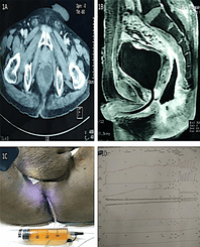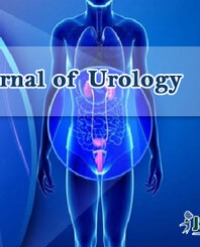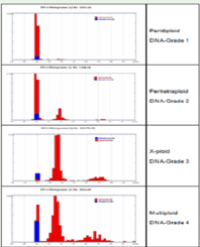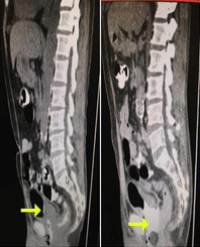The option of Active Surveillance for patients with localized prostate cancer depends on a low GleasonScore (GS) of 6. Nevertheless about 30%have to face clinical progression within five years. Our hypothesis is that automated measurements of DNA-content of prostate cancer cells yield a DNA-grade of malignancy [1-4] that is able to predict non-progression of prostate cancers at much higher accuracy than the subjective GS. Nuclear DNA-measurements were performed from cancer tissue in residual biopsy-material of 80 patients from the HAROW-study. Local- and a reference pathologists GSs were available. Follow-up of mean 4,1 years included repeated PSA-values, number and GSs of positive biopsies, clinical stage, and in19cases results from prostatectomies. Reproducibility of GSs was 55% without and 45% with differentiation between 6 and 7a. Progression occurred in 37.5% if upgrade of any inclusion criterion was used as evidence and in 18,8% if only PSA-DT <36 months or upstaging to pT3. Prevalence of DNA-grade 1 was 40%.Sensitivity, specificity and negative predictive value of local pathologists GS, reference pathologists GS and DNA-karyometry were: 0%, 95.0% and 74.0%, 20.0%, 86.7% and 76.5%, 85.0%, 51.0% and 90.6%, if upgrade of any criterion of inclusion was used as evidence of progression and 5.9%, 96.8% and 79.2%, 23.5%, 87.3% and 80.9%, 100%, 50.8% and 100% if only PSA-DT < 36 months and/or upstaging to pT3 were used. Thus, objective automated DNA-karyometry can much more reliably exclude progression of prostate cancers under Active Surveillance within four years as compared with subjective Gleason-scoring.
Patient summary: The probability to exclude an objectively assessed progression of an untreated, localized prostate cancer under Active Surveillance was only 80.9% for the subjective microscopic Gleason-score but 100% for objective DNA-karyometry. Thus, patients with DNA-grade of malignancy 1 can much more safely rely on this conservative, non invasive therapeutic strategy
Alfred H Böcking1*, David Friedrich2 , Cristof Börgermann3 , Stefan Biesterfeld4 , Rainer Engers5 and Josef Dietz6





